Educational Trip To Krakow For International Schools
School groups enjoy the vibrant, cosmopolitan city of Krakow and its rich heritage of architecture, culture and hospitality – ideal for a range of different subjects.
Subjects covered
Cultural
History
Geography
Music
Religious Education
Our tailor-made packages include...
Choose your excursions
This historic district of Krakow was home to a large Jewish community from the 14th century until World War II when its Jewish inhabitants were relocated by force to other parts of Poland and in 1941 many thousands were sent to the Krakow Ghetto in Podgórze. The synagogues of Kazimierz that were damaged during World War II have since been restored and the Galicia Jewish museum provides students with some context. Stephen Spielberg used Kazimierz as the backdrop to his 1993 film Schindler’s List and it is now one of the major tourist attractions of Krakow and a cultural centre.
A visit to the largest Nazi concentration camp of World War II is a chilling and truly memorable experience. More than 1.1 million men, women, and children lost their lives here. Much of the camp remains as a memorial and museum. Its dramatic authenticity lends more significance to the educational activities here. Children under 13 are not allowed to visit.
Visit the factory where Oscar Schindler employed hundreds of Jewish people to protect them during the Holocaust. Krakow’s past has been recreated here in an evocative way, presenting the tragedy of World War II as well as every day life of the city. Exhibits include a recreated hairdresser’s salon, stereoscopic studio and typical basement apartment.
At the heart of Kazimierz, the former Krakow ghetto, is a museum that presents a contemporary look at the Jewish past in Poland. As well as commemorating the victims of the Holocaust, it celebrates the Jewish culture of Polish Galicia, giving students a new perspective on Jewish history.
It’s well worth the 13km trip out of the city to visit these spectacular salt mines, 130m underground. A network of chambers, some lit by crystal chandeliers, are connected by richly illuminated corridors, filled with backlit sculptures made out of translucent salt. Students can learn about the history of ‘white gold’ mining since the 14th century.
Krakow’s largest, easternmost district, which translates as ‘New Foundry’, was conceived in the 1940s, under the ruthless communist rule of Poland, as an ideal ‘proletarian city’ tied to a giant steelworks. Students can see relics of the Soviet-era architecture and other sites, from the prehistoric Mound of Wanda to the 13th-century Monastery of Mogila. Photo © Christopher Walker.
This unique museum underneath Rynek Glowny – Market Square – is on the site of an archaeological excavation that unveils secrets of Krakow’s evolution since its founding in the early Middle Ages. Students can walk over a glass-bottomed footbridge that lets them see elements of medieval architecture and paving below, including stalls dating from the 12th century. Photo © Poland MFA
Park Wodny is Poland’s largest water park. Among its attractions are the longest network of slides in Poland, which stretch to nearly 800m, a huge ‘Tornado’ bowl, a rapid river, wave pool and a climbing wall.
Take your group on a trip into the beautiful mountainous Alpine landscape of Tatra National Park. It boasts jagged granite ridges and forested slopes, post-glacial depressions, lakes, numerous caves and scenic valleys with rushing mountain streams. The park is home to the marmot and the chamois, and if you’re really lucky you might spot a golden eagle.
A half day guides tour of Krakow old town will give an overview of Krakow’s rich history and included the largest medieval market square in Europe and the renaissance Cloth Hall. You will then see the unique carves wooden altar of St Mary’s Church. Then onto Wawel cathedral with the Royal Tombs and Sigismond’s bell. This tour is available with or without entrance fees for St Mary’s Church, the Royal Tombs and Sigismond’s bell.
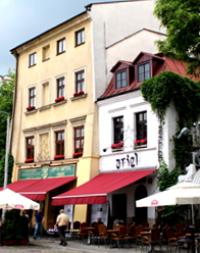




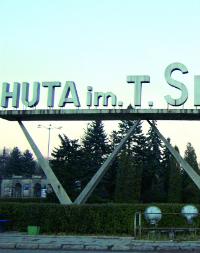
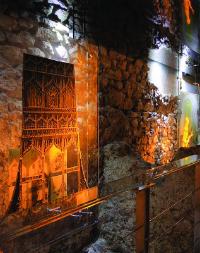

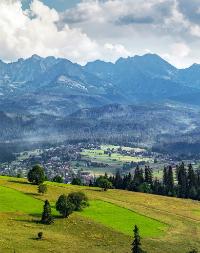
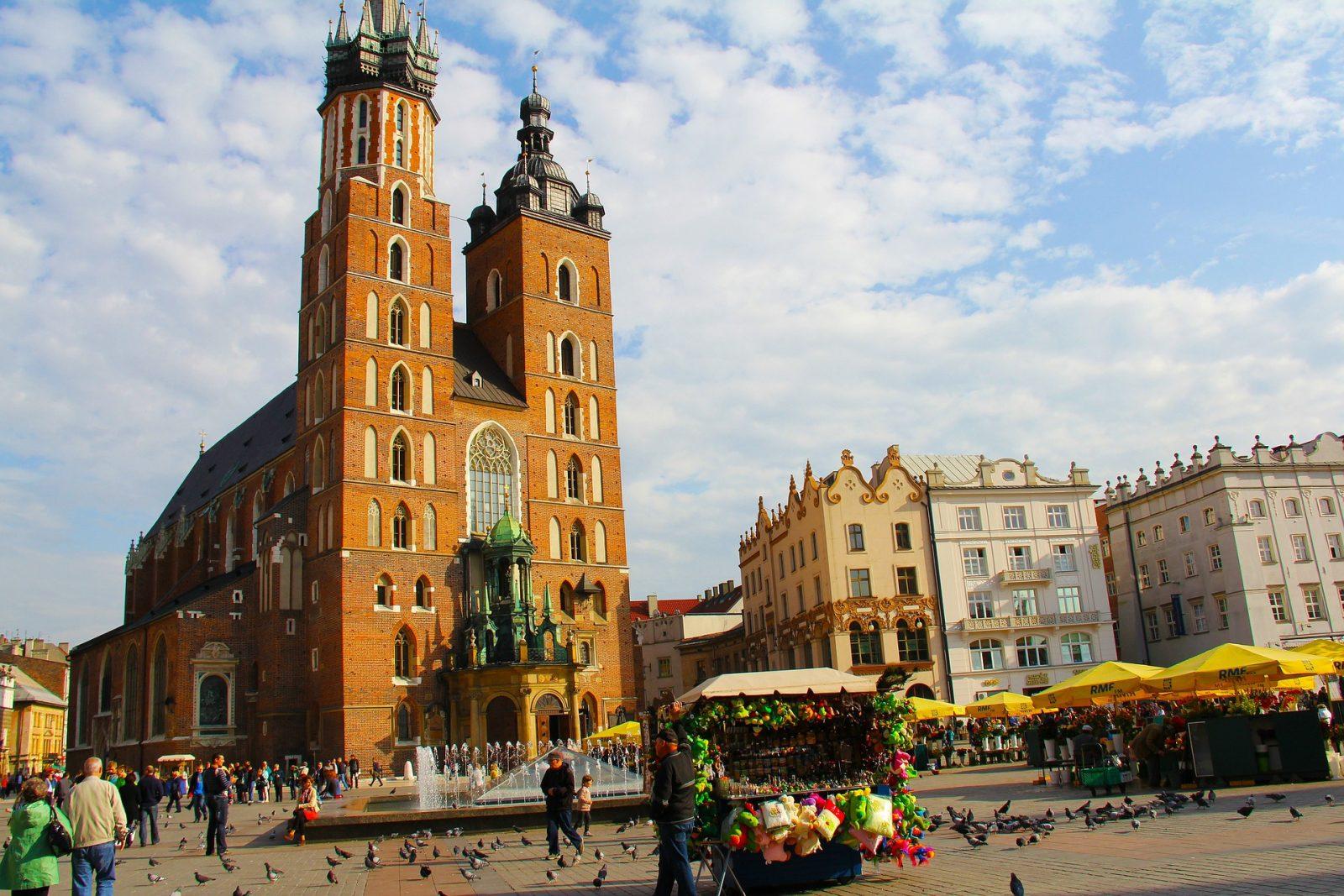
Typical accommodation
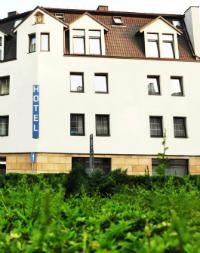
Why groups like it:
Facilities:

Why groups like it:
Facilities:




